#these rehearsals are so good at educating the viewer about the choreography
Explore tagged Tumblr posts
Text
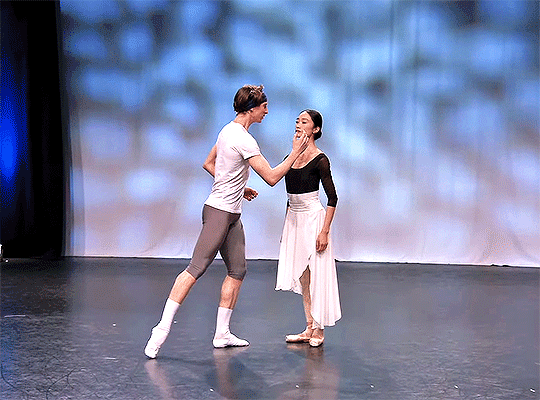
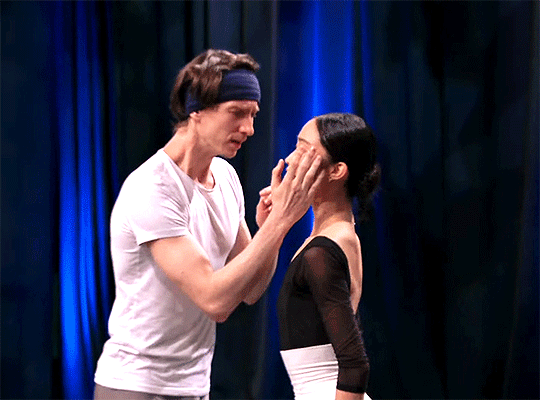
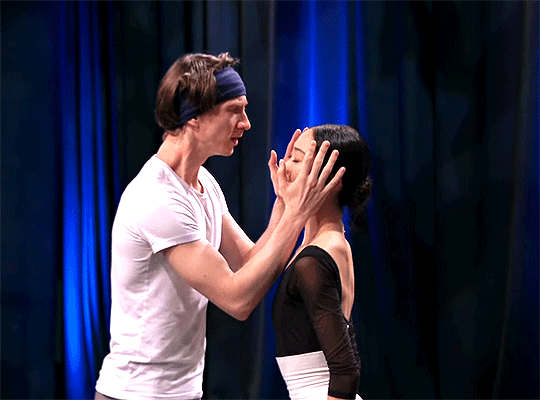
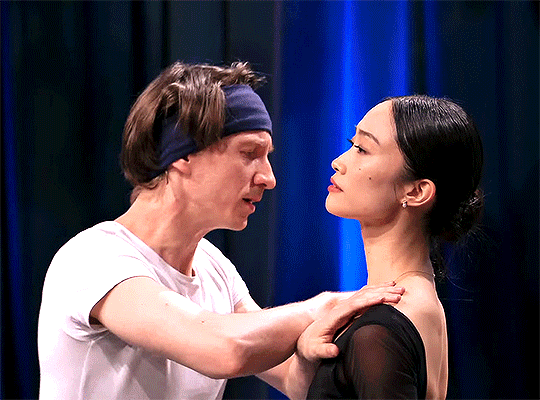
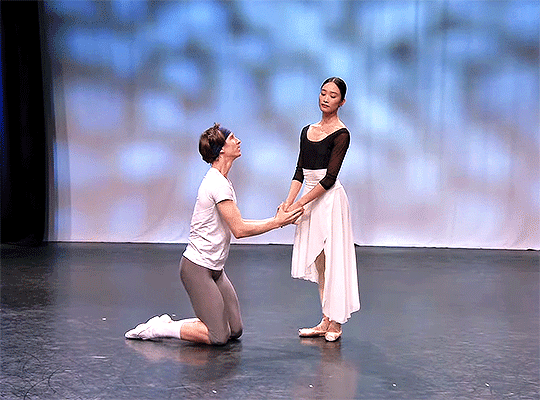
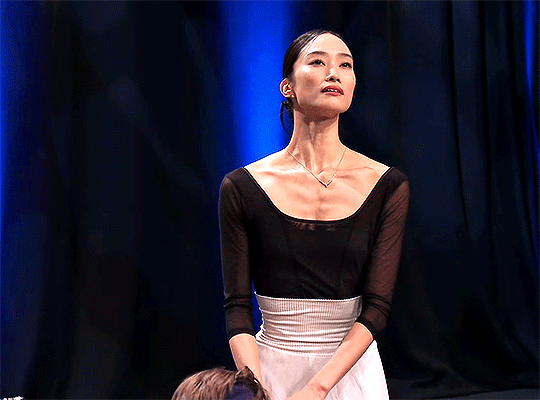
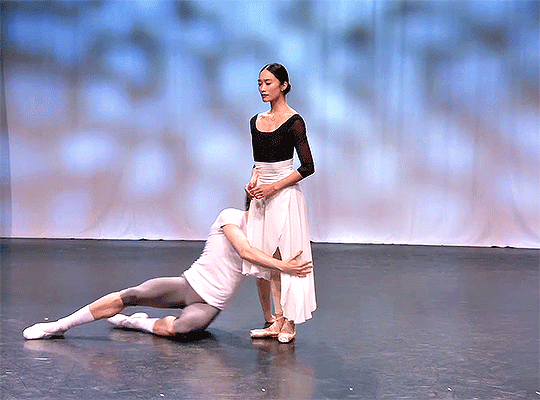
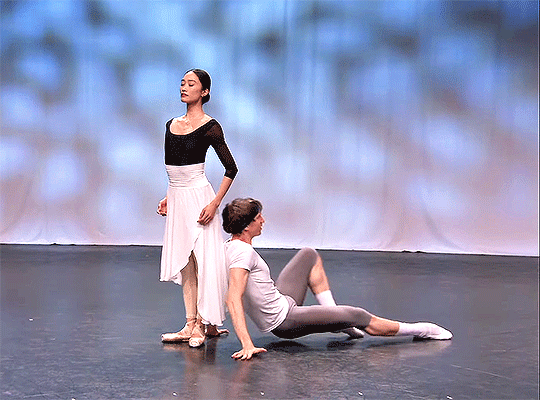
FUMI KANEKO and VADIM MUNTAGIROV rehearse the roles of King Leontes and Queen Hermione for The Royal Ballet's production of "The Winter's Tale" (2024).
#ballet#the royal ballet#fumi kaneko#vadim muntagirov#gifs#*#the winter's tale#christopher wheeldon#i just...love the detail work here soooooooooooooooooo much#these rehearsals are so good at educating the viewer about the choreography#the meaning of every move#fumi and vadim tug on my heart strings like!!!!!!!!!!!!!!!!!!!!!!!!!!#cm'on#THE WAY SHE TOUCHES HIS HAIR!!!!!!!!!!!!!!!!!!!!!!!!!!!!!!!!!!!!!!!!!!!#DETAILS!!!! TENDERNESS!!!!! EMOTIONS!!!!!!!!!!!#the pure YEARNING!!!!!!!!!!!!!!!!!!#also fumi's fits are always TOP NOTCH
59 notes
·
View notes
Text
Portrait of a Lady on Fire: An Interview With Céline Sciamma

I finally found that old interview that Céline did back in August 2019, that i had read many months ago and that I wanted to share with you all because it’s a pretty great one. So here’s the whole translation of it.
Portrait of a Lady on Fire: An Interview With Céline Sciamma
18th century. Marianne (Noémie Merlant) is a young painter who is commissioned to paint a portrait of Héloïse (Adèle Haenel), fresh out of the convent, in order to "present" her as well as possible to her future husband. The previously hired painter had not succeeded in completing the requested portrait, as the model did not want to submit to the exercise. In her fourth feature film, Céline Sciamma offers a reflection on the artist's gaze. She does not, however, overlook the romance and passion of the artist's gaze. And her characters embody themselves more than ever, with force. Meeting with the director at the Angoulême Film Festival.
From the very first shots, with these brush strokes, you seem to wonder about your own work. The film is called "Portrait" and, very quickly, a character asks Marianne: "Do you think you will manage to paint her?" Is this also your questioning as a director? The difficulty of a good portrait?
Céline Sciamma: Yes, but I don't know if I would call it a difficulty: I would call it research. The film very quickly, from the beginning, puts the question of the gaze. The first line of the painter's character does not so much evoke the question of her own gaze but evokes more the gaze of others. The very first line of the film is: "Take the time to look at me". The film is extremely playful with its means. It asks the question of what it is to look, in two places at once: the dialogue of love, and then the dialogue of creation, which brings into play the question of the gaze and allows us to renew the reflection around this question.
Marianne, the character played by Noémie Merlant, is almost in the voyeur's posture, she begins by observing in secret. Does this question you as a filmmaker?
Yes it raises the question of cinema.
Do we always have to question that?
I think we have to stay within this dynamic of interrogation. Not as something elusive, but as something that renews itself, that provides new ideas, new pleasures. In all my films, there is only one point of view, one main character, even if it's often not the dominant character. It is indeed difficult to create a hierarchy in this film, to affirm that there would be a first and a second role: there is one who is in all the scenes, in all the shots, and the other one is not, but I find that the film, strangely enough, manages to reopen the question of the hierarchy between them.
I always make films where the characters, female characters, are observant. In this one, the movement lies in the fact that the dynamics of infiltration of the gaze have changed. The pitch of the film could be: she looks at her in secret because she doesn't consent to be looked at, then she consents. The dramatic shift means that, very early on, the characters will look at each other. We're not in a voyeuristic dynamic, but in the illusion of a one-way scrutinizing. Heloise's gaze is oriented. In fact, one of Heloise's first glances is a look to camera, it indicates the fact that she sees everyone; she is looked at, and we, spectators, look at her too.
You talk about main and supporting roles and, indeed, in the title, there is mention of a lady. However, isn't the portrait to be taken in the plural?
Absolutely !
An idea that is illustrated in the two last shots, a shot/ reverse shot between two portraits, one freeing the other in a way. How is this shot made? How do you direct it, what do you say to your actresses?
Indeed, this plan raises a lot of questions. It is the last shot/ reverse shot of the film, and here we're back with a character who is watched without knowing it. The difficulty of the shot - which is also its purpose - is that it is a two and a half minute sequence shot, and of great technical complexity. The idea was to get close to a face, to successfully make the focus in an Italian-style theatre, while asking the actress to give a very big performance. You can't do that fifty times!
How many takes did you do ?
Three takes! Based on a fairly precise partition, a choreography basically, of which we had identified a few tipping points with the music. Adèle made the emotional journey.
What did you say to her ?
I told her in advance that there was a journey, made up of five or six steps, and that it was up to her to interpret them as she wished. That shot was never rehearsed. There was something written, quite literary even, there was this material in the script, but then it was reduced to five words, five steps - a path that she had to interpret.
During the first few seconds, you watch Heloise, but then, I think, very quickly, you end up watching Adèle Haenel, the actress, acting. This distance - which reminds us that this is cinema - leaves room for the spectator, and reminds them that they are also in a theatre seat. That they are watching a film.
Weren't you afraid to cross that line?
No, I think it's always important to ask yourself how you say goodbye to the film, with what very intimate feelings you want people to leave the theatre. I think about that all the time. Making room for people to think about their own stories. For me, creating an active viewer is part of the project. And it's true that sequence shots have that ability, because of the time, the tension and the danger they create. The viewer's gaze is what keeps the shot going, but it's also the shot that keeps the viewer going.
The spectator as subject is very important, especially for this film, which is obsessed with this question: how do you film only subjects? To film people, women, as subjects? We are often filmed as objects, we are educated to that, we take pleasure in it. It's a question of re-educating our gaze and creating new pleasures. And, even as a practitioner, I'm not here to lecture people: I place myself at the center of this issue.
Your films are all about identity, the individual at the center of a particular environment, conflictual or not. Is the individual always the core of the stories?
In any case there is always the desire of a character who is often isolated and who seeks to enter a group. And also a love dynamic. But this time, this dynamic is really at the center.
It wasn’t the case in your other films
No, it wasn't love stories that was experienced, it was love that was felt, and we were more in the story telling. But I believe that there is always, in love or friendship, a dynamic of emancipation. When you're with children or teenage characters, there's necessarily the idea of growth, but also, already, this dynamic. The individual is indeed at the center, but as a point of view. I don't make hyperlink films, there is always only one person watching.
As you've made your films, you've shown childhood, pre-adolescence, adolescence, and now it's about young adults. Do you find yourself a little bit in each of these heroines? Do you somehow feel you grew up with them?
Yes, absolutely. And it was the first time I wanted to write a story with adults, women, and a story that would have been really lived. I also wanted to work with professional actresses.
Including one who also grew up a little bit with you?
Yes, of course! That's what I wanted, and not inventing actresses. We're not in first-time stories anymore. Even if it's maybe the first time they love someone… It's another kind of intellectual dialogue, an additional expression.
How did you address the issue of language? Since the story takes place in the 18th century?
I wanted more literary dialogues, but I also wanted it to remain a fairly straightforward language, without any affinities, without seduction. The way it's set up creates a kind of shift, a movement - and it's pretty sexy... Then the actresses' tone, the rhythm they create, the way they use their voices, hold them in place or, on the contrary, cause them to overflow, and it's a score they played very finely.
I also enjoyed imagining verbal jousting, and above all imagining a dialogue in which there would be no intellectual domination - neither class nor language. On the contrary, there would be a horizontality, an equality in the exchange which, for me, beyond the political aspect, could be exciting because it’s not already written. It’s also because it’s a women's story that it’s not already written.
The sincerity of a project raises a question for Marianne in the film, especially in relation to the social conventions she has to integrate into her painting. As this is your fourth film, and as they are always quite intimate projects, do you also ask yourself this question?
It was less the artist's doing than the fact that she was asked the question. She answers with sincerity, but she is also stung to the core. It was more about the dialogue between them and the idea of collaboration. I'm quite collaborative in my way of working, so the idea of an authority being questioned is not necessarily the subject. It was a way of showing this dialogue between the actress and the director, between the painter and the model. It was a lively debate at the time, and it may still be relevant today: does the portrait rather require enhancement, or a resemblance, is it frozen for eternity? Is it a morbid thing that is enough to preserve from death? The portrait was a debate of the Enlightenment, so for me it was a way of being at the heart of the philosophical ideas that animated the time. But it wasn't necessarily an exploration of conscience on the issue.
Does this work of observing actors and actresses - experienced or not - seem inexhaustible to you?
I hope so! For this film, it was about filming someone with whom I have an ongoing, powerful, important dialogue, and whom I know well. At the same time, there was also that desire to meet someone new.
Did you film them the same way?
Yes.
You almost don't recognize Adèle Haenel at the end...
That was really part of the desire of the film: to present a new Adele, to look at her differently, with everything I knew about her, everything we know about her, but also everything that remains to be discovered. It's the only time when there's a form of romanticism: the one that consists in filming faces. It's still very mystical.
What did you want to do with this ghost figure, who appears through Héloïse dressed as a bride?
There are two timelines in the film: this chronicle of a love that is born in the present, and which we look at patiently, and the timeline of memory, the memory of this love. And the contagion of these two timelines is through this ghost. Marianne is - even though we are in the present tense - already haunted by the last image she will see of Heloise.
The film is a flashback, but aren't all love stories already haunted by their end? Isn't that what makes us live and fear them at the same time?
Is the next portrait already in you? Have you already started working on it?
No, I haven't. I have a project for a children's film, an animated film, so it's necessarily a long-term project. But otherwise, I don't know yet: as long as the films are not released in the world, I have a hard time seeing what happens next.
I'm waiting to see the dialogue that the film will have with the world, the effect it will have. Then there is that moment when you allow yourself to dream, and that daydreaming is always a bit long with me. You have to collect ideas, images that sometimes have nothing to do with each other. At a given moment, there is a synthesis that takes place, and that makes you want to go there.
#portrait of a lady on fire#portrait de la jeune fille en feu#sorry i had to repost it because it didn't appear in the tag :))))#the interview is in the source!#anyway that interview was great#only women journalists should be allowed to interview céline#also can't wait to see what her new animated film is about !!#sometimes i translate things#festival d'angoulême#charlotte bénard
176 notes
·
View notes